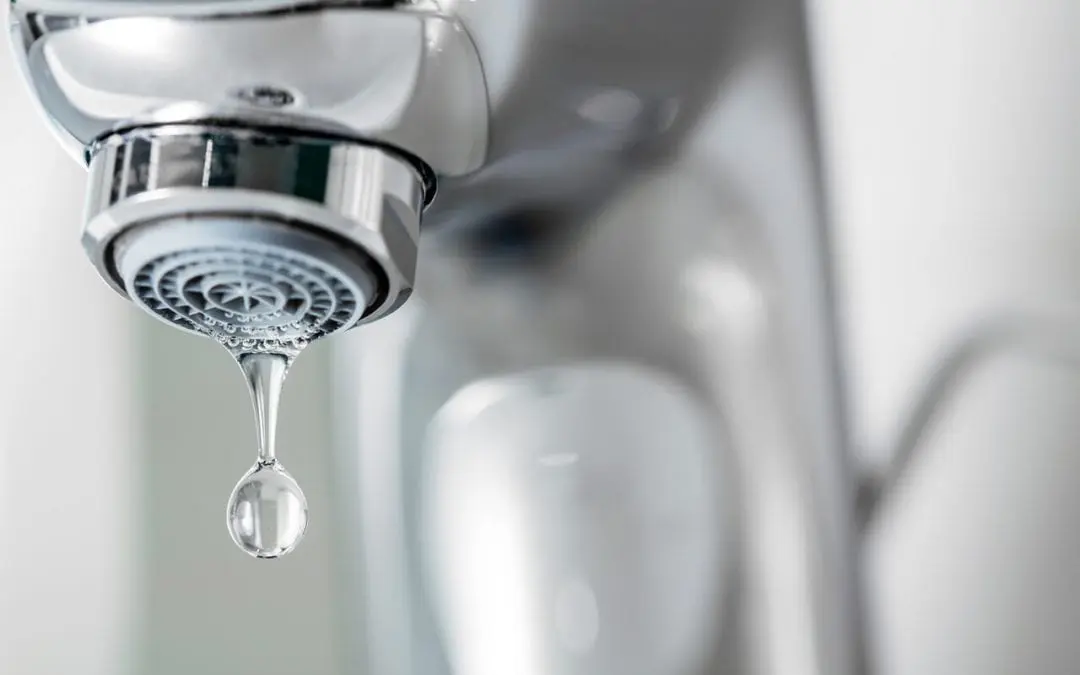It’s easy to take the plumbing system in your house for granted until something goes wrong. Pipes, valves, and drains can develop issues over the years. Learn how to identify plumbing problems at home before they become catastrophes.
Yellow or Brown Patches on the Drywall May Mean Plumbing Problems at Home
Mysterious stains on the walls or ceilings are usually signs of plumbing problems at home. Pipes running through the home are typically hidden behind drywall. If any of the pipes leak, the water saturates the drywall and creates water stains.
A slow, hidden leak may take weeks or months to discolor the walls. Find an inspector who uses thermal imaging to scan your walls and find the source of the water damage.
Distinct Odor Indicates Plumbing Problems at Home
A distinct sewer odor coming from one or more drains is a concerning sign. The drain itself may be fine, but the sewer line or vent may have a break or a clog.
Mold and Peeling Paint
If you see mold or peeling paint around toilets, sinks, or showers, investigate the source of the moisture. It is unlikely that the home’s humidity levels alone would produce these issues. A plumbing leak may be the cause of the damage.
Slow or Clogged Drains
Built-up debris in sinks and toilets can lead to plumbing problems at home. Be aware of any drains that seem to be slower than usual. Slow drains are often caused by bigger issues than just soap scum or hair buildup; it could be a problem with the main sewer line.
Water-Pressure Issues
If the entire household’s water pressure has noticeably dropped, call a plumber. A blockage or leak may be the culprit. The pipes will continue to be under strain if they aren’t repaired.
Expensive Bills Might be a Result of Plumbing Problems at Home
Most households have the same number of residents using roughly the same volume of water every month. Your bill, as a result, should be about the same throughout the year.
If you receive a water bill that’s unusually high, it’s time to check the plumbing for the leak that’s causing the expensive bill. For many households, this is the first sign that there’s a plumbing leak.
Noisy Pipes
When you turn on any water fixture, the flow of water should be relatively quiet. A rattling noise could mean that the vent line is blocked or the pipes are not fastened properly. If you hear the sound of rushing or trickling water when nothing is turned on, this should also be investigated.
Plumbing problems at home can range from simple to major. Hire an experienced professional who can diagnose and repair the issues.
Border Home Inspection serves the Midwest Region of Canada with sewer scope inspections, thermal imaging, and other home inspection services. If you need an inspection, contact us today.

